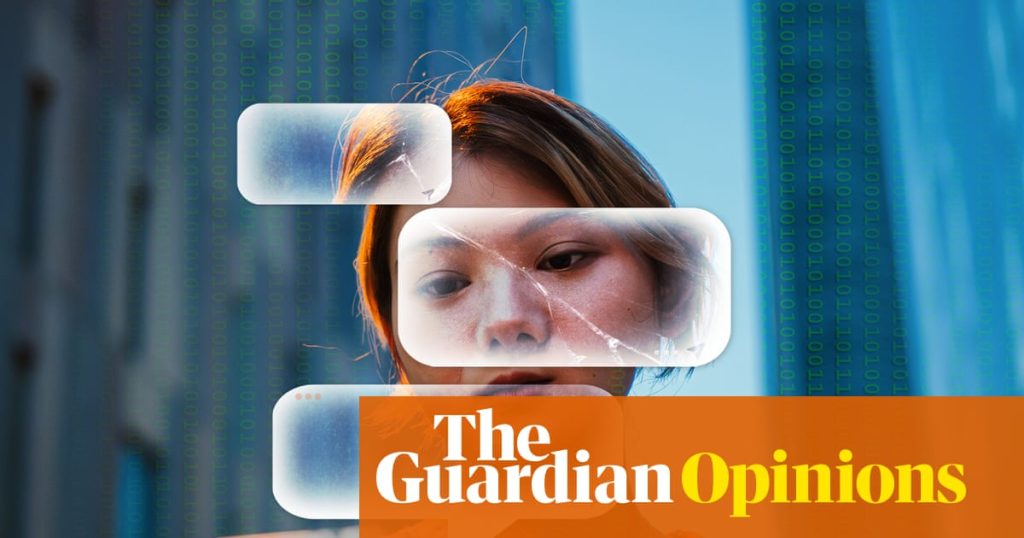Ernest Hemingway famously said that every good writer needs a built-in BS detector. But in 2025 we all need one. High levels of scientific misinformation are threatening the wellbeing of families and our society, and the problem is worsening at an alarming rate.
Artificial intelligence and social media are turbocharging the spread of misinformation dressed as science. Lies that once travelled slowly, and stayed relatively local, now surge across the globe.
When people share mistruths – for example, about vaccines, paracetamol or clean energy – the consequences are real and sometimes tragic. Preventable diseases such as measles are now returning to Australian communities because of unfounded fears about vaccines.
Misinformation is false or misleading information. Sometimes it’s spread by people who deliberately lie about the facts; this is referred to as disinformation. And sometimes it’s spread by those who just don’t know better. Either way, it is becoming more pervasive and more corrosive at all levels.
At a personal level, bad information can damage your health, lead to poor financial decisions, and undermine your ability to make informed choices. At a societal level, it erodes trust in institutions, poisons public debate, and pushes people to extremes. Ultimately, misinformation makes it harder to agree on facts, harder to work together to solve shared problems, and undermines the social cohesion and democratic resilience that Australians value.
The good news? There are simple steps we can take to combat misinformation – especially if we understand why we are susceptible to it.
Australia’s top science advisory body to the prime minister – the National Science and Technology Council – last year commissioned landmark reports on misinformation. As a member of that council, I look forward to their release later this year. The reports explore why individuals and communities are vulnerable to misinformation, and what can be done to build resilience.
The reports show we can be vulnerable to misinformation because of the way our brains are wired. Research finds humans are naturally inclined to believe new information – especially if it’s simple, familiar, or comes from people we trust. The more we see it, the more credible it seems, even if it’s false. Poor physical or mental health can also reduce cognitive capacity, increasing susceptibility to falsehoods.
When faced with large volumes of information, we often rely on mental shortcuts. While they help us process the information quickly, they can backfire – especially when the information is emotional, threatening or comes from like-minded people. We’re more likely to believe it if it aligns with our existing views or comes from someone we trust.
In light of our brain’s wiring, when confronted with new information we need to pause and ask: is this the best information I can get? Would it stand up to scientific scrutiny? Did it come from someone using the scientific method – a way of rigorously testing ideas through observation, hypothesis and experiment – or just from someone I follow online?
You don’t need to be a scientist to spot good science. If in doubt, look for scientific consensus – the collective agreement of experts that is based on accumulated evidence. It is built through repeated testing, peer review and open debate.
Peer review – where scientists scrutinise each other’s work – helps detect and correct errors. It’s not perfect, but it’s robust. For example, early in the Covid pandemic, scientists initially underestimated the impact of airborne transmission. But peer-reviewed studies quickly corrected that understanding, leading to updated health advice. That is science working as it should.
Trusting science isn’t about having blind faith in scientists. It’s trust in the scientific method: predict, test, observe, refine. Science questions everything, and while it doesn’t claim perfection, it offers the best knowledge we have at any given time. It’s not the only source of truth, but it’s a damn good one. Almost every element of modern life – including the device you’re reading this on – is built on knowledge gained through the scientific method.
Sorting through information in real time is hard. If we’re not confident doing that sorting alone, we’re lucky in Australia to have organisations – like the CSIRO, our universities, museums, hospitals, and health and environment departments – that can provide the best available information. We need to cherish those institutions , especially when we face significant challenges, even if the best available information evolves over time. In addition to those institutions, education and civic engagement can also play a crucial part in sandbagging our communities against a tide of falsehoods.
Some BS is easy to sniff out – cancer cure scams, flat earth nonsense and evolution denial. Other misinformation is harder to detect but just as dangerous, so we must be extremely vigilant because the stakes are extremely high. Our collective wellbeing depends on our capacity to distinguish credible science from persuasive fiction. It depends on our willingness to think critically, seek reliable proof from credible sources, and keep our BS detectors switched on.

